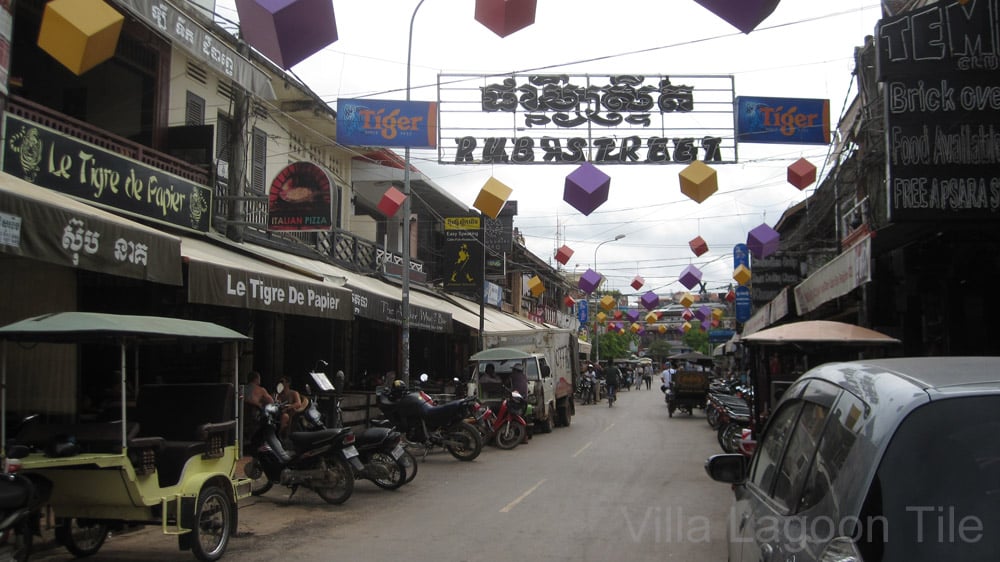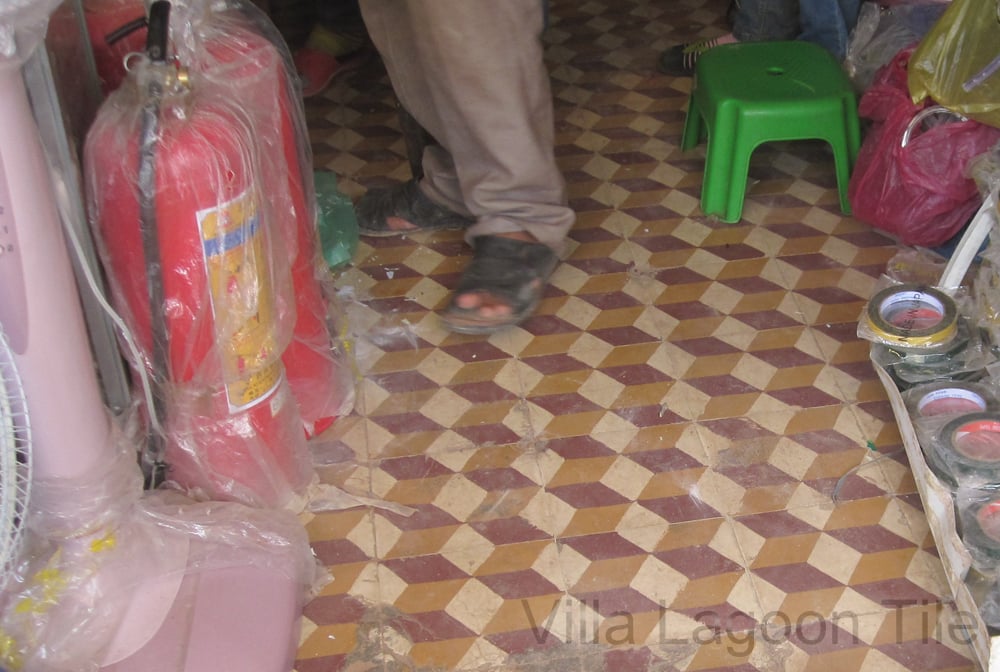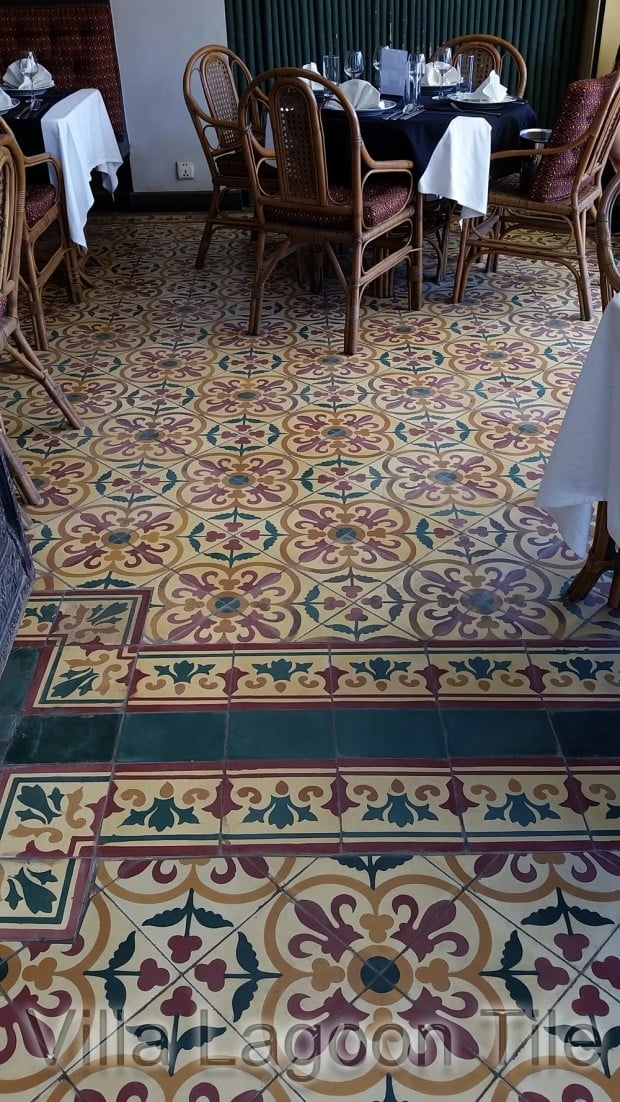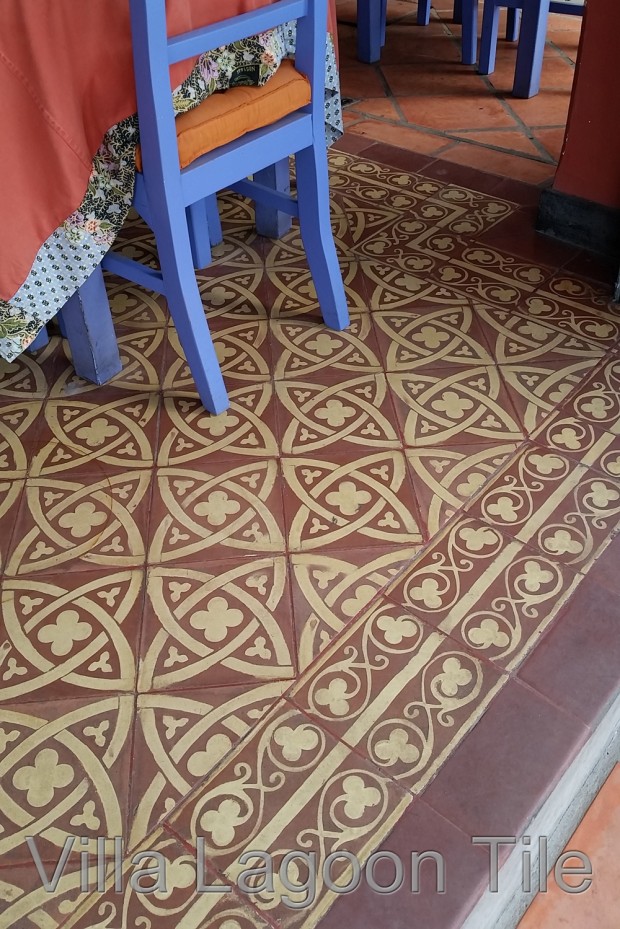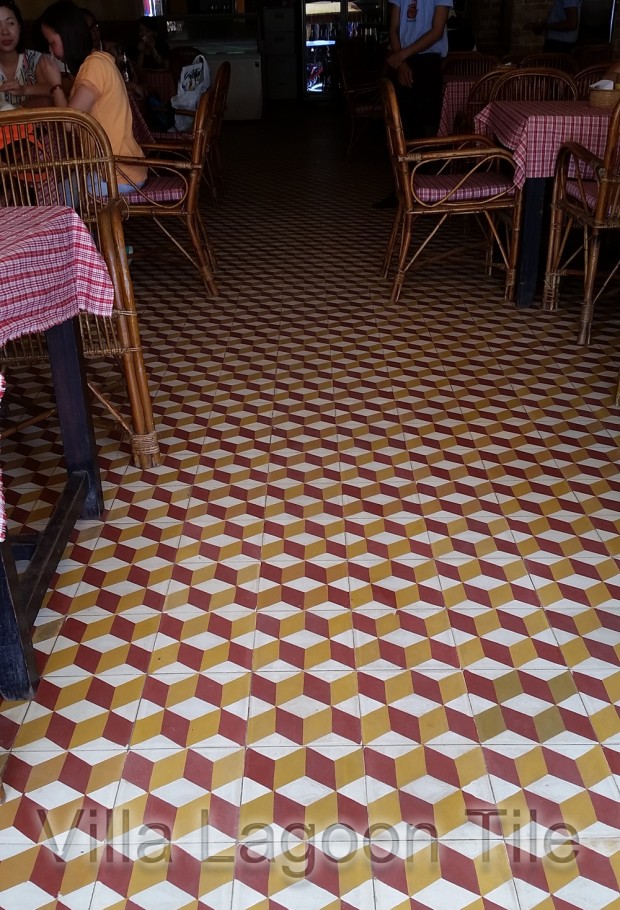Cement tile has a rich and deep history in Puerto Rico. We have supplied our colorful cement tiles for residences and restaurants in Puerto Rico. We can also recreate antique Puerto Rican cement tile patterns and deliver to the door in PR. Just send us a photo or browse our existing tile patterns and request a quote.
Traditional floor designs made of cement tiles, “Losa criolla” (creole tile) or “losa isleño” (island tile), as they are called in Puerto Rico, are frequently laid out like a carpet or rug with a coordinating border just as a “Oriental” rug might.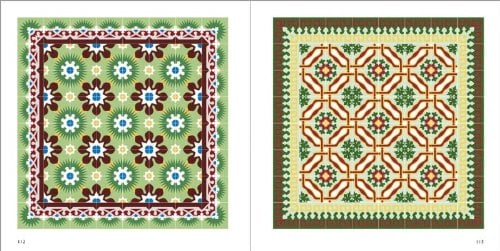
The technique for making decorative cement tiles was perfected in Europe about 50 years prior and quickly spread to Spanish colonies in the Americas, Asia, and Africa.
A mold, cement, color pigments and water are used to produce tiles by compression in a hydraulic press. As we are always telling our callers, the tiles are not fired or glazed like ceramic tile. They are water and air cured.
Many of the cement tiles now used in Puerto Rico come from Villa Lagoon Tile. We can arrange shipment of stock tile using several freight lines who have regular service in Puerto Rico. For larger orders, we can deliver a container directly from factory to the island’s ports.
In Isabel II, Vieques take a look at the antique tile floors at the restaurant Conuco.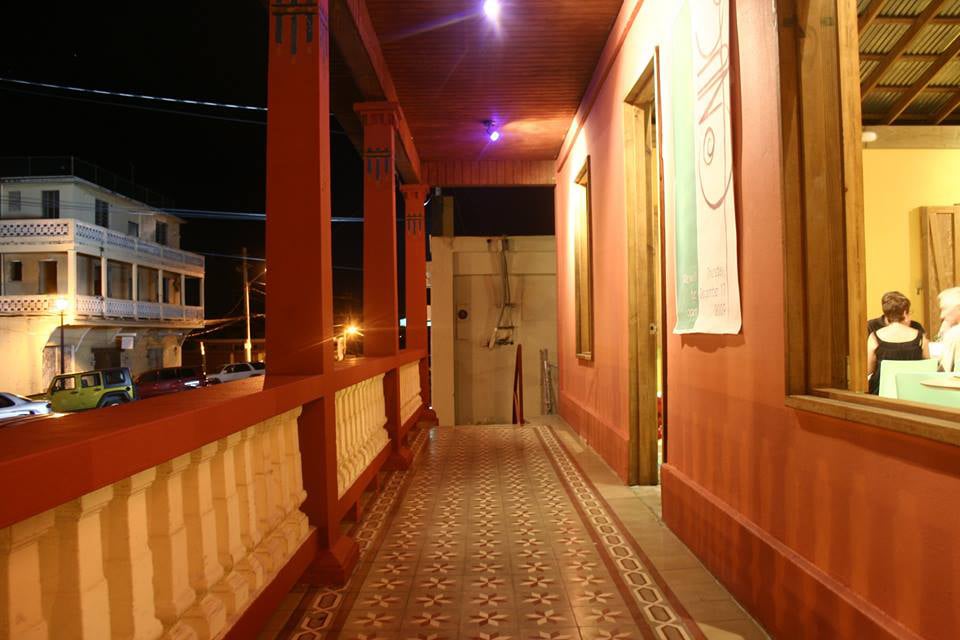
Villa Lagoon Tile can recreate antique Puerto Rican cement tiles and deliver to your door. Just send us a photo or browse our existing tile patterns and request a quote. We have supplied our colorful cement tiles for residences and restaurants in Puerto Rica.
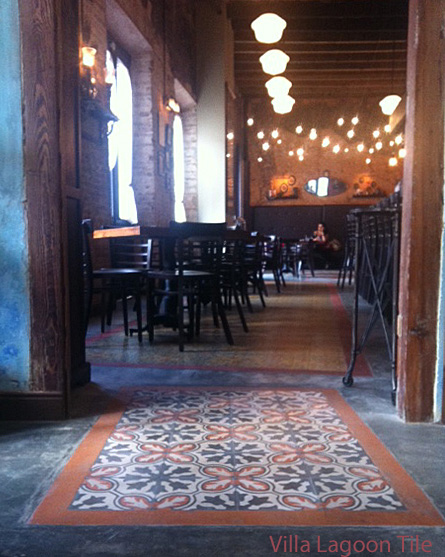
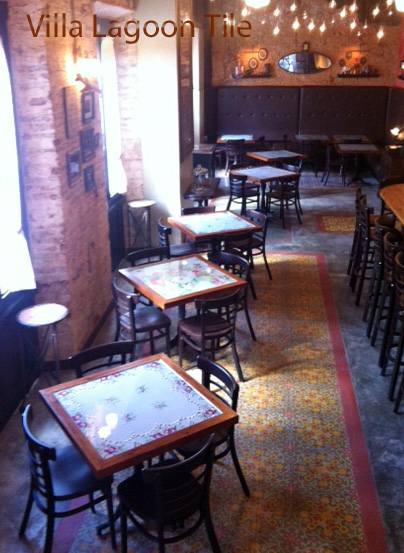
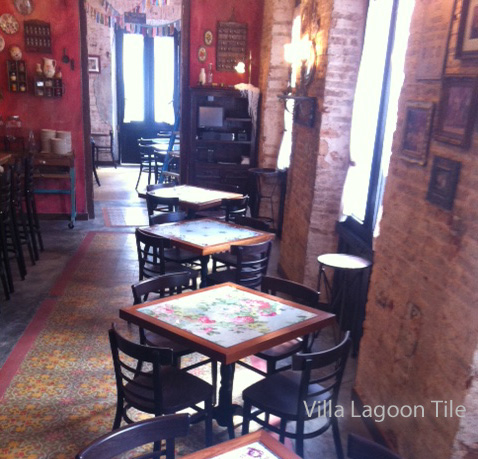
Designer Sophie Aurelie loves Villa Lagoon Tile’s encaustic cement tile (mosaicos hidraulicos) and uses them frequently in her restaurant plans.


Click & Buy this book for the pleasure of seeing hundreds of cement tile patterns from Puerto Rico.
Hernan Moran, author of Puerto Rico Tile Designs, states that cement or hydraulic tiles were first introduced to Puerto Rico around 1900. They were imported by ship from Barcelona, Spain. The Puerto Ricans found the beautiful and practical cement tiles to be cooler and cleaner than the old colonial floors made of stone, coral, bricks or wood. In Puerto Rica large numbers of homes and businesses built in the early part of the 20th century used cement tiles, not only for their durability but also for their cheerful designs and colors.
In the early 1060’s the popularity of hydraulic tiles in Puerto Rico started to drop as new flooring materials were introduced and poured terrazzo became vogue. In those days some of the cement tile manufacturers in Puerto Rico switched to producing “losetas del pais” (terrazzo tiles) and concrete blocks.Many of the tiles in the public and historic buildings are native Puerto Rican designs.
By the 1920’s, there were at least five local companies that were manufacturing these native cement tiles in PR. We read that Parador Villa Parguera in La Parguera, Lajas, on the southwest coast was a school before it was a small hotel. The school received donations of leftover tiles from the tile makers, so there is an assortment of over 50 designs in their floors. See here, here, here and here
Today the antique tiles have come to be appreciated again and there is a resurgence of interest.
An example of new cement tile are the floors through out the new El Blok hotel in Esperanza.
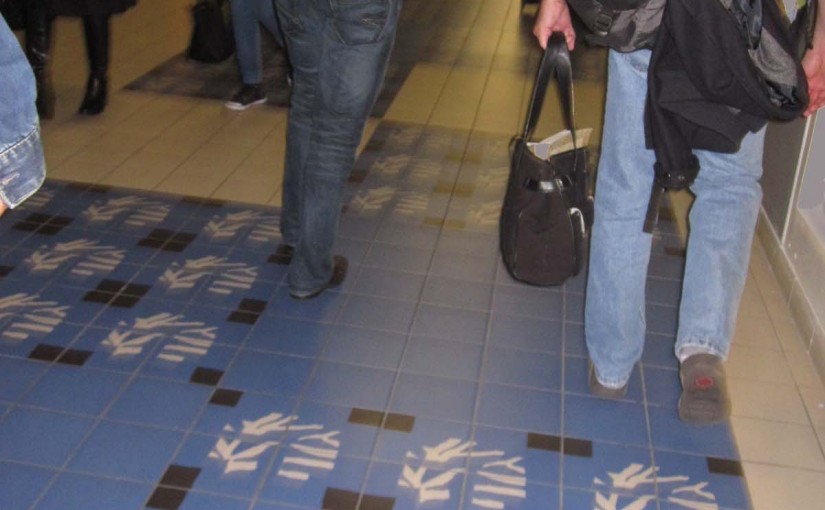
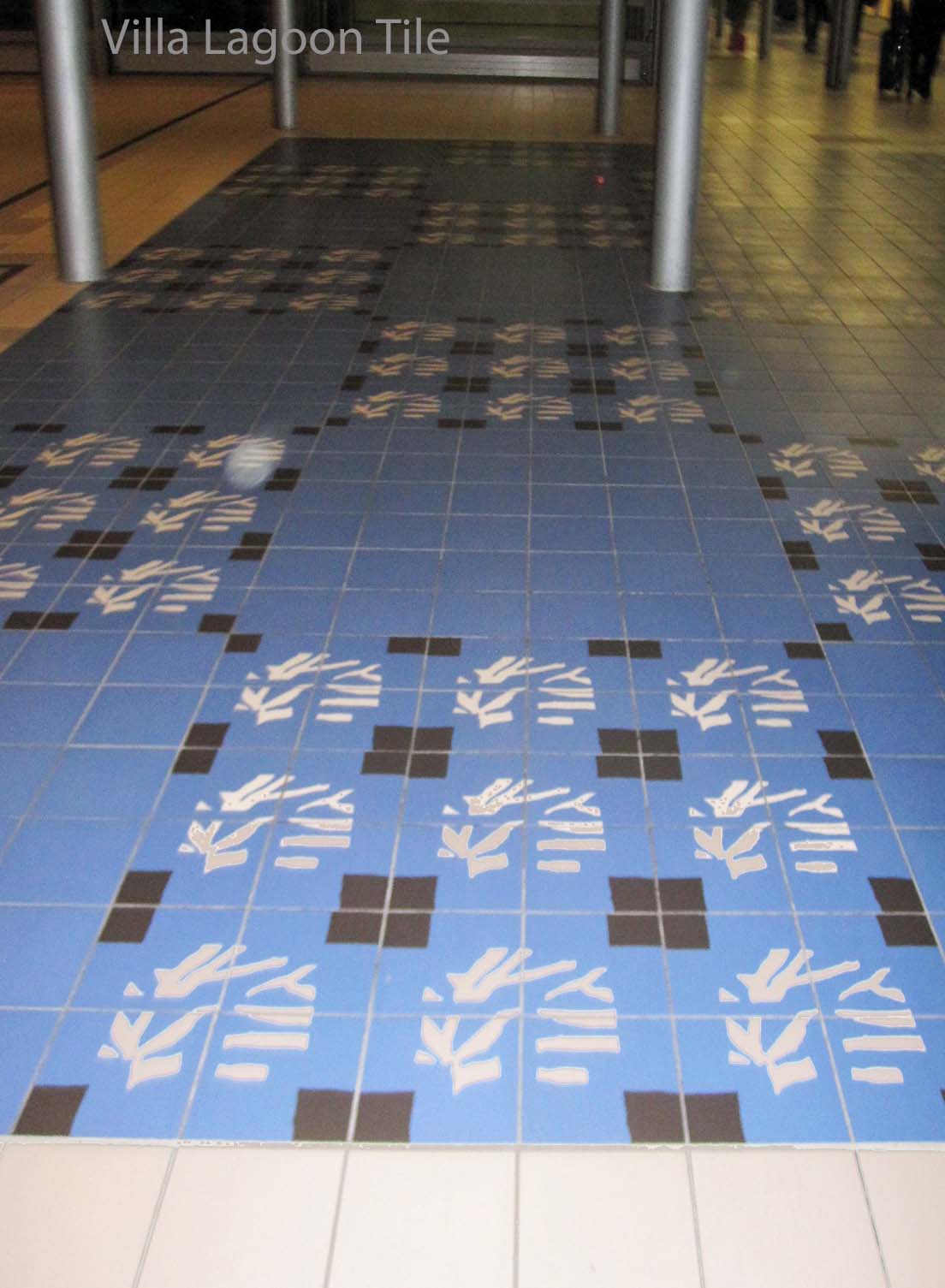
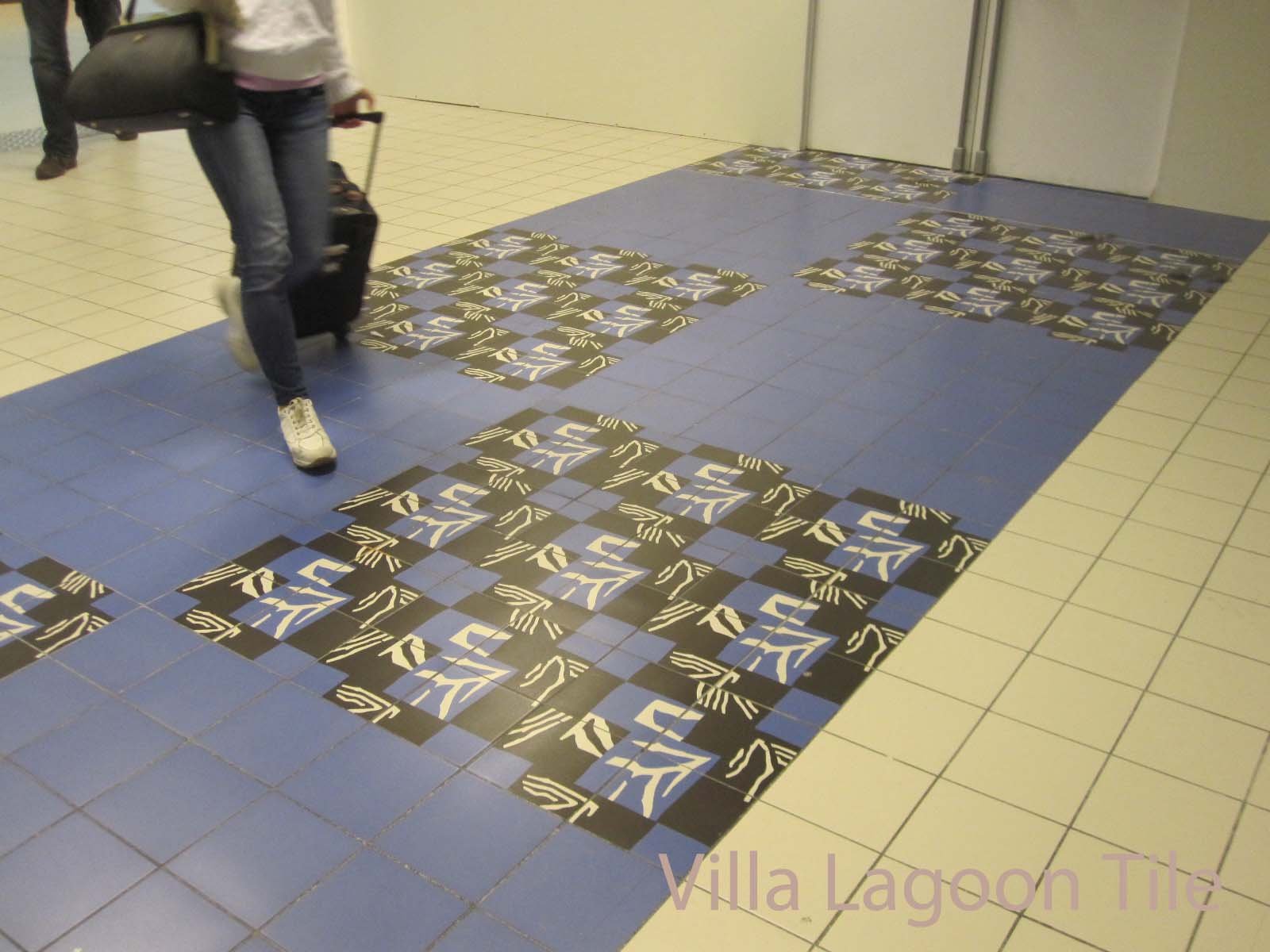
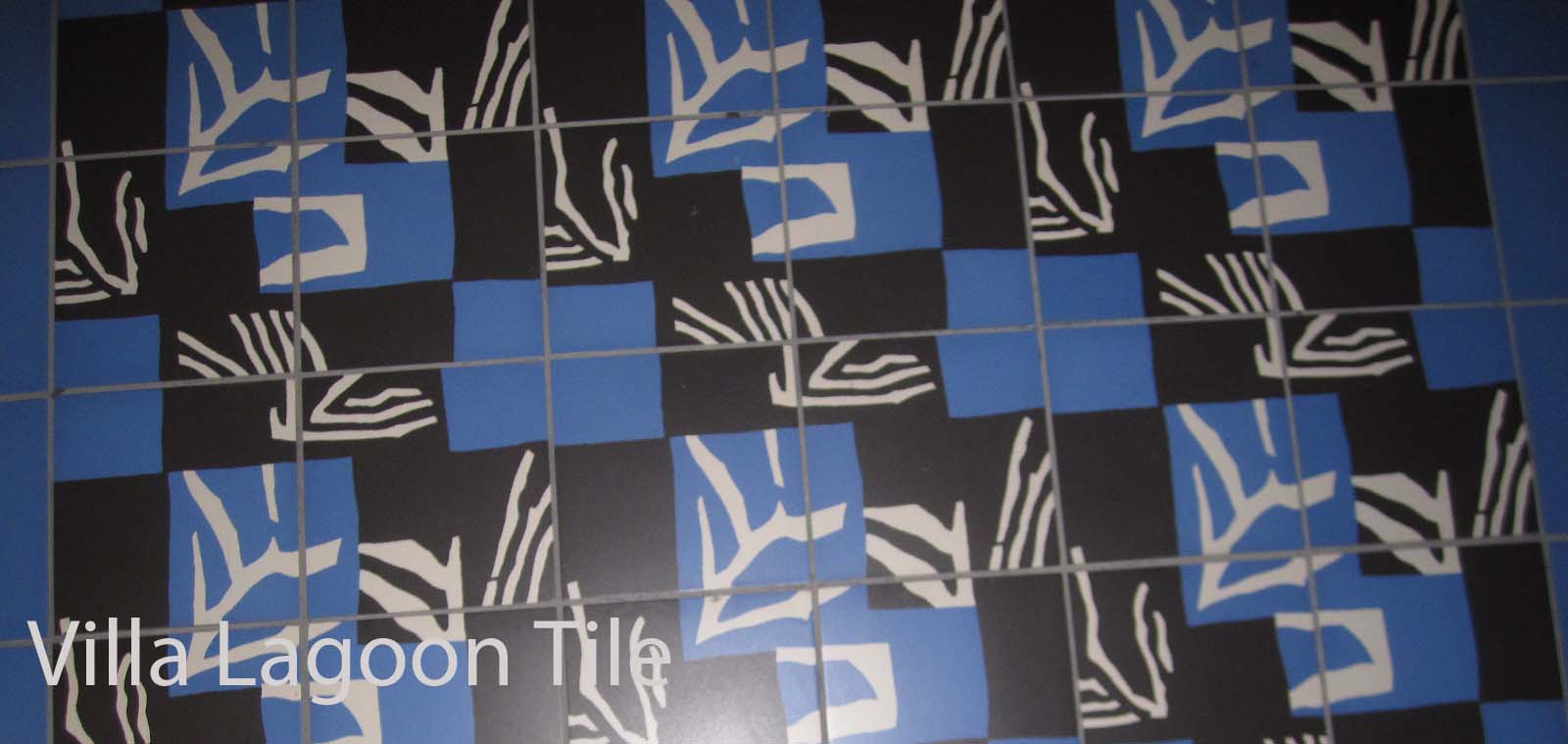
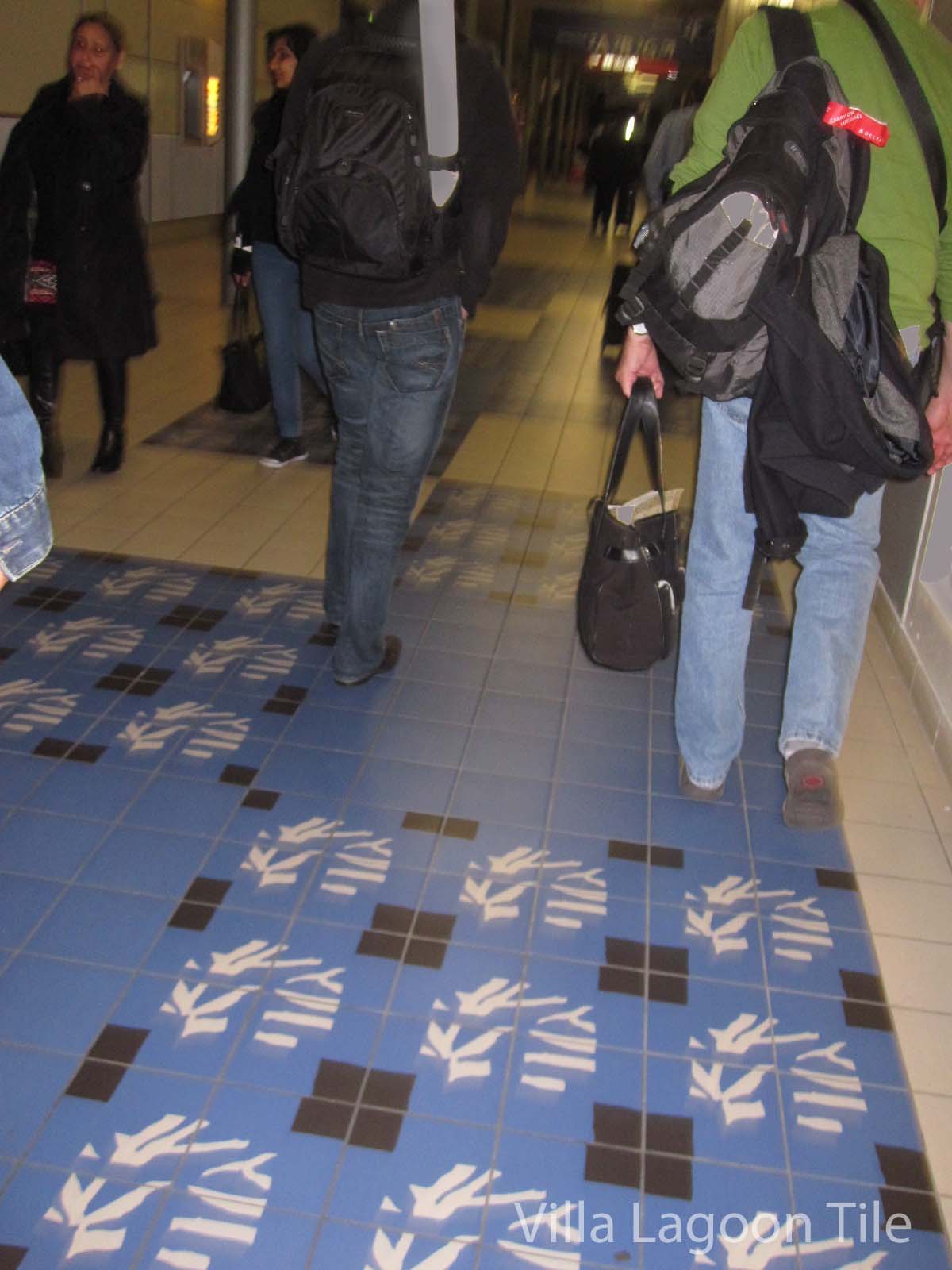






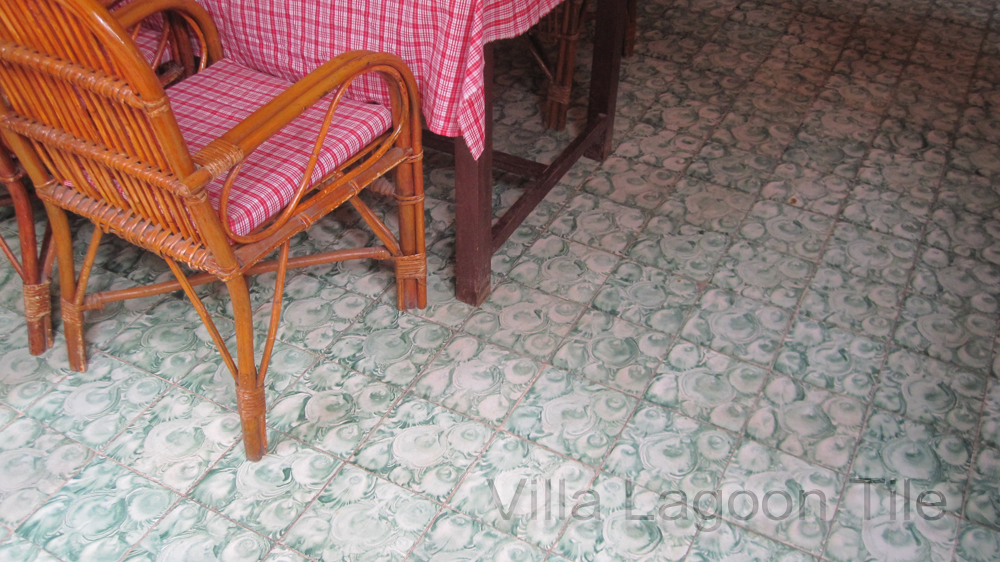
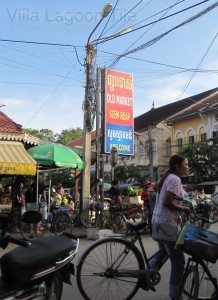 The Khmer Rouge may have destroyed much of the population and vitality of Cambodia in the 1970’s but the lovely cement tile floors in the old districts lived through it all.
The Khmer Rouge may have destroyed much of the population and vitality of Cambodia in the 1970’s but the lovely cement tile floors in the old districts lived through it all.